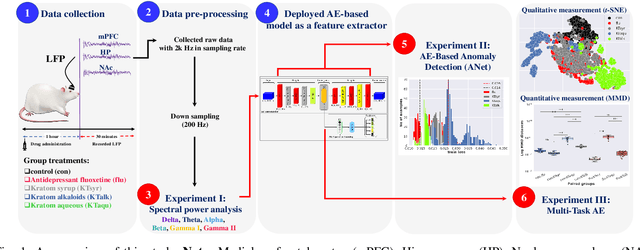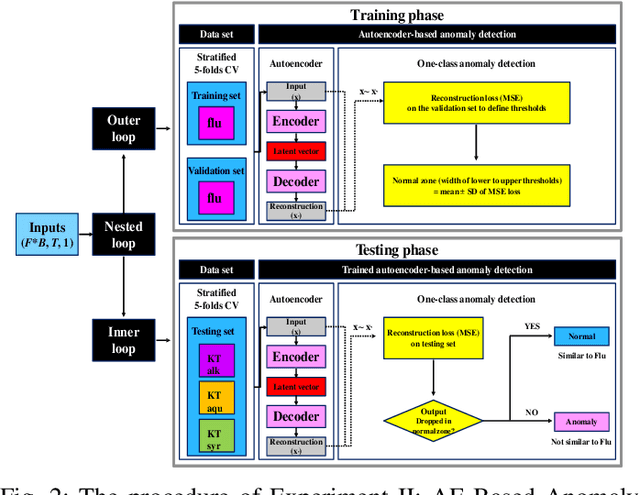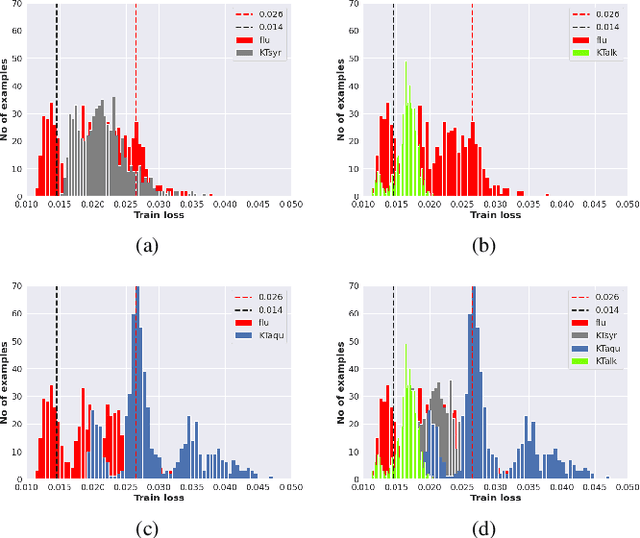Wanumaidah Saengmolee
PACMAN: a framework for pulse oximeter digit detection and reading in a low-resource setting
Dec 09, 2022



Abstract:In light of the COVID-19 pandemic, patients were required to manually input their daily oxygen saturation (SpO2) and pulse rate (PR) values into a health monitoring system-unfortunately, such a process trend to be an error in typing. Several studies attempted to detect the physiological value from the captured image using optical character recognition (OCR). However, the technology has limited availability with high cost. Thus, this study aimed to propose a novel framework called PACMAN (Pandemic Accelerated Human-Machine Collaboration) with a low-resource deep learning-based computer vision. We compared state-of-the-art object detection algorithms (scaled YOLOv4, YOLOv5, and YOLOR), including the commercial OCR tools for digit recognition on the captured images from pulse oximeter display. All images were derived from crowdsourced data collection with varying quality and alignment. YOLOv5 was the best-performing model against the given model comparison across all datasets, notably the correctly orientated image dataset. We further improved the model performance with the digits auto-orientation algorithm and applied a clustering algorithm to extract SpO2 and PR values. The accuracy performance of YOLOv5 with the implementations was approximately 81.0-89.5%, which was enhanced compared to without any additional implementation. Accordingly, this study highlighted the completion of PACMAN framework to detect and read digits in real-world datasets. The proposed framework has been currently integrated into the patient monitoring system utilized by hospitals nationwide.
ANet: Autoencoder-Based Local Field Potential Feature Extractor for Evaluating An Antidepressant Effect in Mice after Administering Kratom Leaf Extracts
Sep 17, 2022



Abstract:Kratom (KT) typically exerts antidepressant (AD) effects. However, evaluating which form of KT extracts possesses AD properties similar to the standard AD fluoxetine (flu) remained challenging. Here, we adopted an autoencoder (AE)-based anomaly detector called ANet to measure the similarity of mice's local field potential (LFP) features that responded to KT leave extracts and AD flu. The features that responded to KT syrup had the highest similarity to those that responded to the AD flu at 85.62 $\pm$ 0.29%. This finding presents the higher feasibility of using KT syrup as an alternative substance for depressant therapy than KT alkaloids and KT aqueous, which are the other candidates in this study. Apart from the similarity measurement, we utilized ANet as a multi-task AE and evaluated the performance in discriminating multi-class LFP responses corresponding to the effect of different KT extracts and AD flu simultaneously. Furthermore, we visualized learned latent features among LFP responses qualitatively and quantitatively as t-SNE projection and maximum mean discrepancy distance, respectively. The classification results reported the accuracy and F1-score of 79.78 $\pm$ 0.39% and 79.53 $\pm$ 0.00%. In summary, the outcomes of this research might help therapeutic design devices for an alternative substance profile evaluation, such as Kratom-based form in real-world applications.
 Add to Chrome
Add to Chrome Add to Firefox
Add to Firefox Add to Edge
Add to Edge